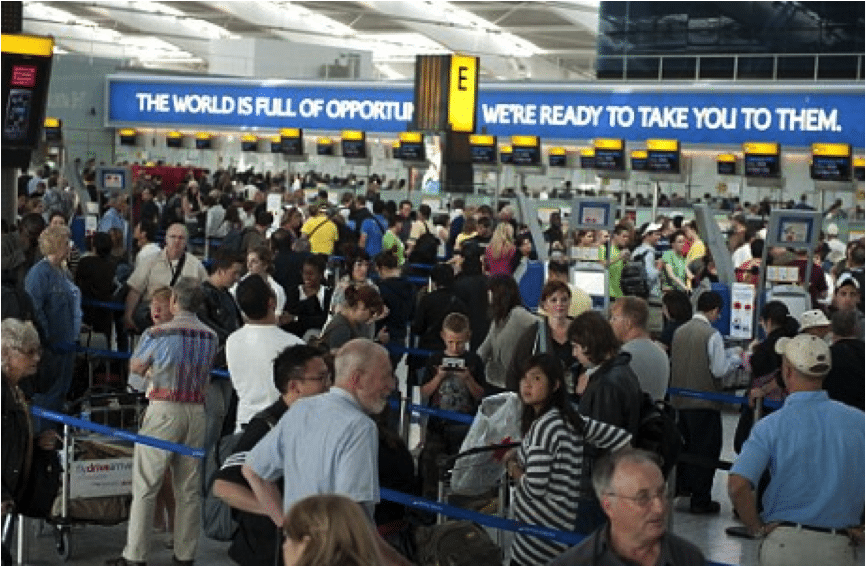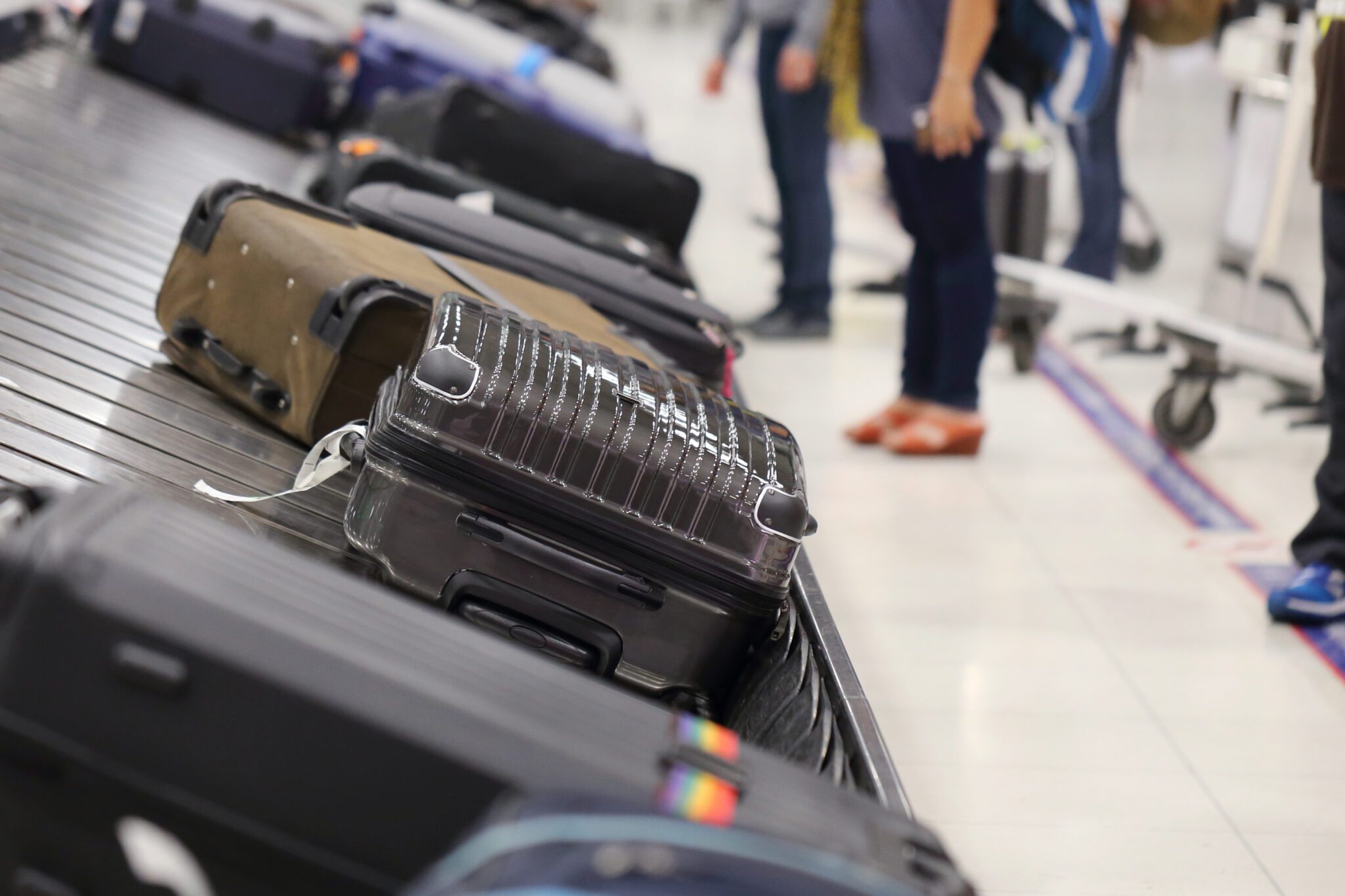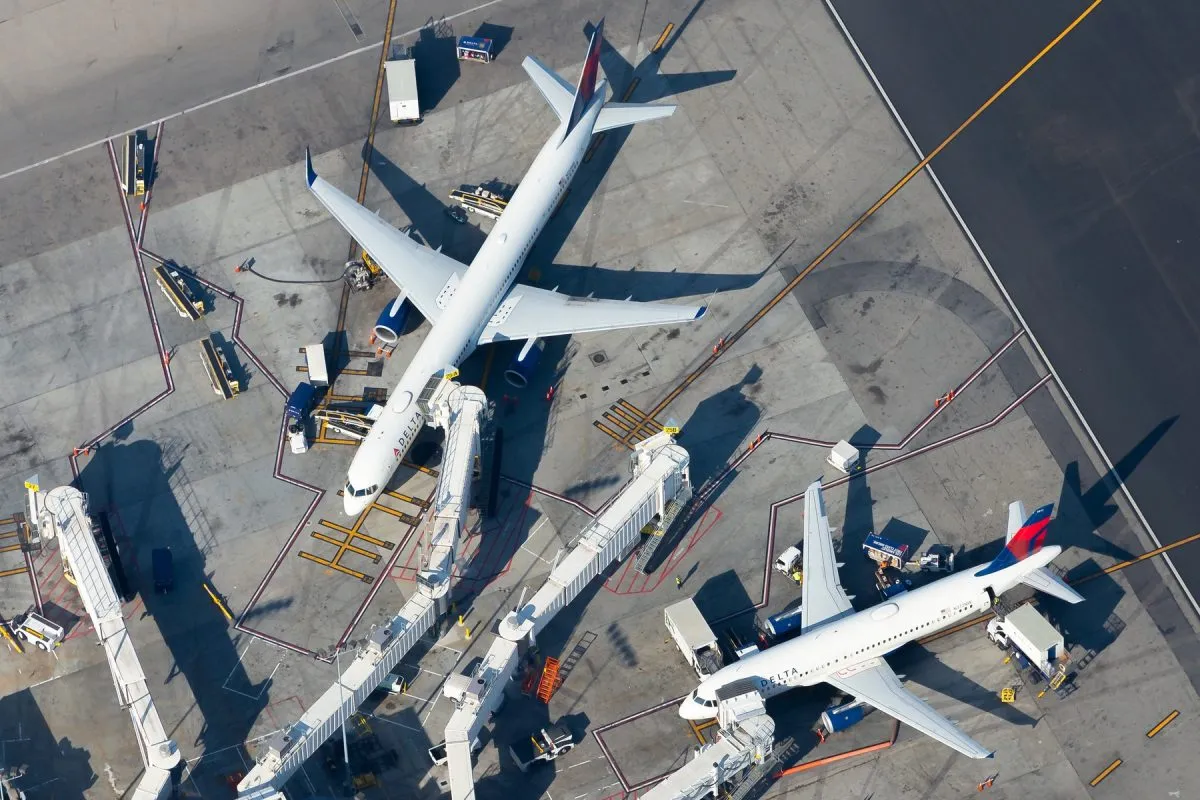Six Reasons Airlines Should Learn to Love Big Data

This sponsored content was created in collaboration with a Skift partner.

Many airline companies can be accused of failing to listen to their customers. After all, the customer has done all the preparation – researched which airline to fly with, decided the place and time, arrived two hours early in order to make the flight – the very least they should be able to expect is an airline company which remembers and appreciates this. Increasingly however, customers arrive at the airport to be greeted with a blank look, as though the airline wasn’t expecting them at all.
Knowledge is power, and with so many customer touch-points to learn from, there really is no excuse for blank looks from airlines. At each stage of the journey, from the moment of purchase, right through to disembarking the aircraft, airlines should be using the information they have to enhance customer experience.
Here are six great ways to use data effectively to strengthen customer bonds and turn a poor experience into a great opportunity:
1. Online Shopping - Generation C has come to expect e-commerce to be seamless. Regardless of how these ‘connected customers’ choose to connect (whether it’s from their PC, mobile or tablet), they expect the information and messaging on websites to be coherent and consistent throughout. Using Big Data technology, it is now possible for forward–thinking airlines to build landing pages that can be personalized for the individual customer, based on previous searches made on their devices or social media.
2. Mobile - Mobile is rapidly becoming ubiquitous. The always-connected customer wants real-time interaction to make their journey easier, and airlines are now able to use customer data to send text messages to their advantage. These could be to update them on flight details, inform them about a delay or suggest a replacement flight when a connection is missed. In some cases they might even be used to cross sell products at the gate or in-destination. And of course it’s not just about communication by text, with the proliferation of Smartphones, mobile apps are another great way to engage the customer and enhance their experience.
3. In Cabin - Technology on board an aircraft can offer numerous opportunities when it comes to providing a unique customer service. Armed with tablet computers which pull in data from the onboard seat map, cabin crew can easily identify high value or unique customers on the plane. The value placed on these customers could be driven by a number of different factors such as frequent flyer status, social influence, or service recovery. For example, the crew might identify a passenger with a high social media following who has had a poor experience in the past, and choose to offer them a free upgrade.
4. In-destination - Everyone likes the personal touch, so wouldn’t it be nice to receive an in-destination communication from your airline welcoming you and detailing the weather forecast, popular attractions and some recommended locations based on your past choices or ratings? Airlines are one of the few connections that are privy to the fact that a customer is in-destination, giving them a unique opportunity for engagement.
5. At Gate - From returning search results on flight prices, right through to arriving home after a fortnight away, the customer journey should be made as unique as possible. Personalization at the gate can offer a unique experience and appropriate actions can be easily determined using customer data captured in real-time. This could mean sending a message direct to a late running customer offering a Fast Track service through security, or perhaps Priority Boarding if you know that the customer has been travelling for 24 hours and would appreciate some pampering. Important to note the ongoing debate between airlines and airports about who should own the customer relationship while in the gate, it is crucial the customer is unaware of such a division.
6. Email - When it comes to shopping online, most of us like to look around for the best deal, and this can often lead to shopping cart abandonment. However, an unbooked flight doesn’t have to count as a missed opportunity for airlines. Abandoned shopping cart emails can be a highly effective way of engaging with the customer and winning their business. Sent the day after the abandoned search, these emails can deliver discounts, deals and tailored imagery, all based on previously searched flights. American Airlines found that abandoned cart emails enjoyed 300 percent higher ‘open’ rates and 400 percent higher conversion rates then other forms of email.
Learn more about how to make the most of these opportunities through data at every touch point and find real opportunity to personalize offers, products and services at Boxever's Website.
This content is created collaboratively in partnership with our sponsor, Boxever.




